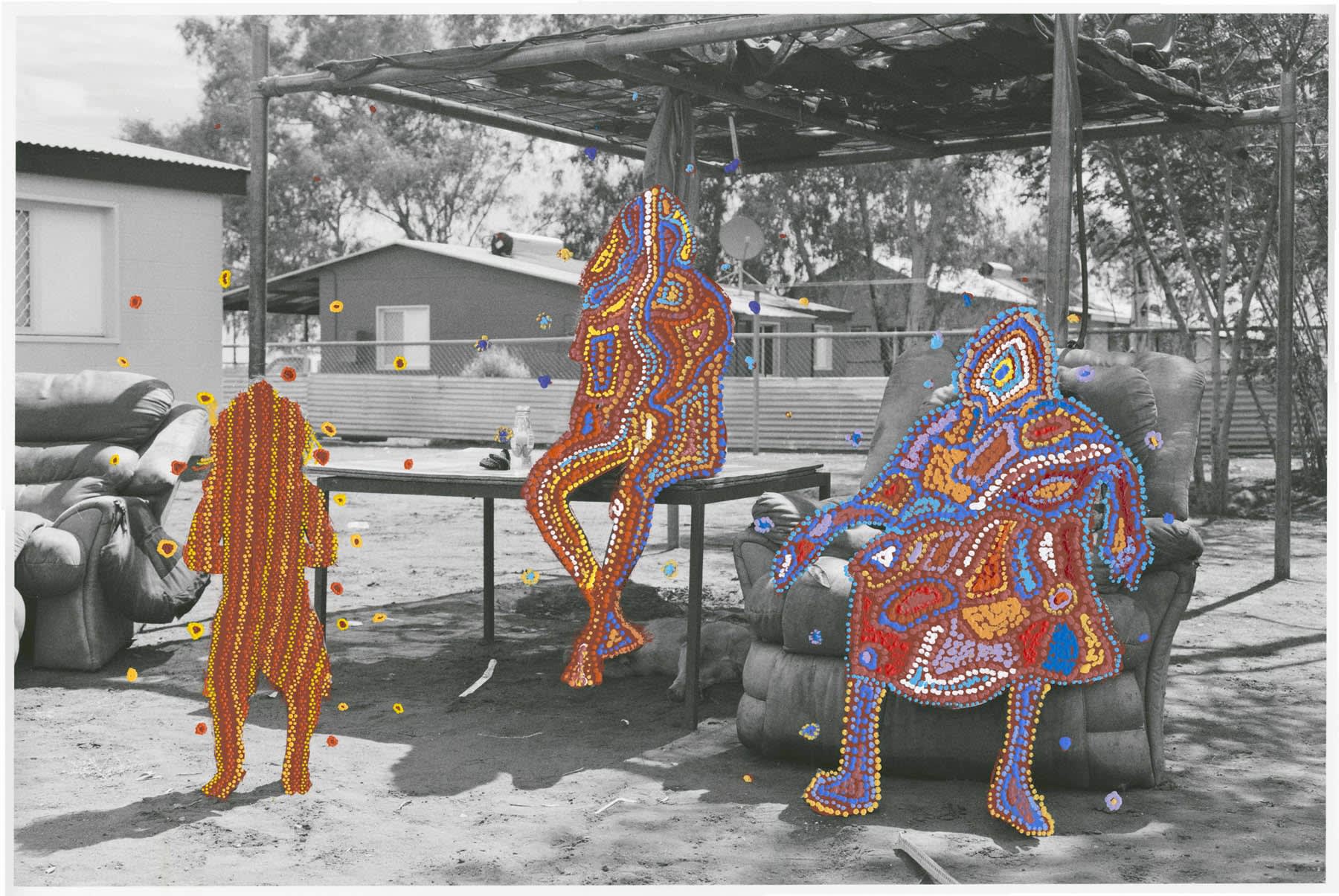In 1899, the ethnologists F. J. Gillen and Baldwin Spencer published The Native Tribes of Central Australia, the first major anthropological study of Aboriginal culture. This publication brought the Aboriginal community to the attention of a European audience and was also notable for its ground breaking fieldwork and use of photography.
Gillen and Spencer’s work was done at a time when the prevailing view of Aboriginal people was one of total contempt: in 1884, Thomas McIlraith, the former Prime Minister of Queensland described Aboriginals as ‘miserable wretches’ whose ‘savagery is ineradicable’. The Native Tribes of Central Australia instead revealed a highly sophisticated culture with complex systems of customs and beliefs. In effect, the authors were the progressives of their time but their work was heavily tainted by the language they used and their proposals for the treatment of Aboriginal people—they advocated for the separation of Aboriginal children of mixed descent from the rest of the Aboriginal population—which would be unconscionable today.
This deeply problematic legacy is at the root of British artist Patrick Waterhouse’s long-term project on—and with, but more on this later—Australia’s Aboriginal peoples. In 2011, Waterhouse made his first trip to the Australian outback during which he encountered Aboriginal communities and became interested in how they had been historically represented. Using Gillen and Spencer’s book as a starting point, Waterhouse began to gather archival materials from museums and private collections in Australia and Europe to assemble a composite picture of the ‘competing historical narratives of Australia’ and the representation of its Aboriginal cultures from the colonial standpoint.

Too Hot. Jarra / Restricted with Cecily Napanangka Marshall and Joy Nangala Brown., 2014 - 2018 © Patrick Waterhouse / courtesy The Ravestijn Gallery
Waterhouse then brought this archive to one of the longest-standing Aboriginalowned art centres in Central Australia, Warlukurlangu Artists in Warlpiri country, in order to start a conversation around this problematic history of representation. This conversation evolved into a collaboration in which Waterhouse invited the artists of Warlukurlangu to paint over a number of the documents in the archive using the Aboriginal dot painting technique, resulting in the series Revisions. While this may appear to be a purely aesthetic device, particularly as the technique tends to use vivid colours and eye-catching patterns, it was in fact developed specifically for the purpose of obscuring information from the viewer.
Aboriginal peoples have used dots in their art for hundreds, even thousands of years, but the dot painting style began to be used on canvas in the 1970s at a time when Aboriginal artists were negotiating what aspects of the stories told in their works should remain secret or sacred.

What's the Light Light Dark Dark Point Point? Jarra / Restricted in workshop at Warkukurlangu Art Centre, 2014 - 2018 © Patrick Waterhouse / courtesy The Ravestijn Gallery
